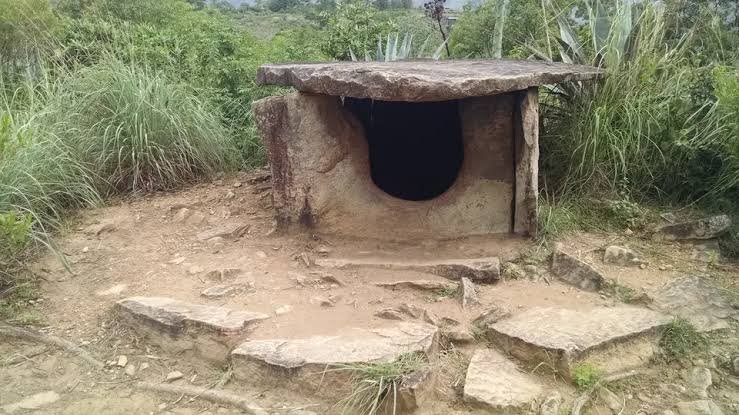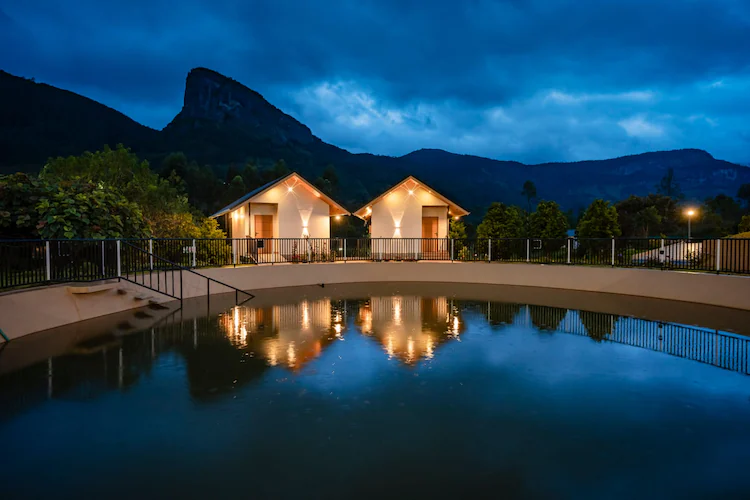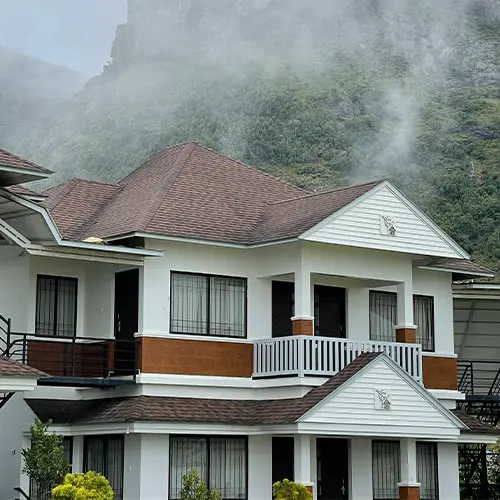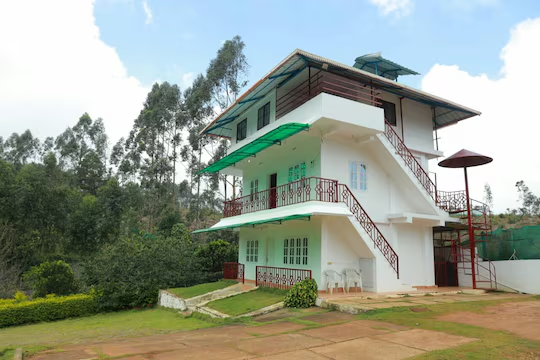Tucked away in the cool, misty hills of Kanthalloor lies one of Kerala’s most intriguing hidden treasures—Muniyara, the ancient dolmen burial site that whispers stories from a time long forgotten. While Kanthalloor is already known for its peaceful orchards, rare Kurinji blooms, and crisp mountain air, Muniyara adds a layer of mystery and wonder that transforms the village from just scenic to spiritually profound.
What Is Muniyara?
Muniyara refers to a group of prehistoric megalithic dolmens, believed to be burial chambers used by sages or tribal people thousands of years ago. The word “Muniyara” itself comes from “Muni” (sage) and “Ara” (shelter or room), suggesting these stone structures might have once been places of meditation or resting spots for spiritual hermits. More likely, however, they served as burial monuments, built from massive stone slabs with a single open entrance, resembling miniature huts.
Found in a few places across South India, the Muniyara in Kanthalloor are especially unique due to their breathtaking natural setting. Located atop gentle slopes overlooking lush valleys and distant mountain ranges, the dolmens offer not just a slice of history but also a peaceful, almost sacred ambiance that invites stillness and introspection.
Why Visit Muniyara in Kanthalloor?
Kanthalloor is an offbeat traveller’s dream. Unlike tourist-heavy Munnar, this small village is slow, quiet, and deeply connected to nature. A short hike or drive through winding roads and eucalyptus groves brings you to the Muniyara site—simple, unguarded, and open to the curious.
What strikes most visitors is how raw and untouched the site feels. There are no flashy signboards, no ticket counters, and no crowds. Just weathered stones standing silently under the sun and sky, surrounded by wildflowers, whispering winds, and chirping birds. It’s the kind of place where you can sit for hours and still feel time stand still.
For photographers, Muniyara offers dramatic silhouettes against sunrise or sunset skies. For history lovers, it’s a rare chance to physically touch remnants of a megalithic culture. And for spiritual seekers, the stillness and elevation of the place create a naturally meditative atmosphere.
The Best Time to Go
The best time to visit Muniyara is between September and March, when the weather is cool and visibility is high. If you’re lucky enough to be there during the Kurinji flower season, which occurs once every 12 years, the entire hillside around Muniyara bursts into a magical carpet of blue blossoms—a truly once-in-a-lifetime view.
A Living Connection to the Past
While Muniyara is ancient, it is not forgotten. Local villagers share stories, and curious travellers visit to see, feel, and reflect. The stones stand not just as archaeological ruins but as cultural roots that still hold meaning in the present.
They remind us that Kanthalloor is not just a place of natural beauty—it is a land that holds centuries of wisdom, ritual, and human connection.
The Significance of Location: Why Kanthalloor?
The dolmens in Kanthalloor are built on elevated hilltops, overlooking green valleys and distant mountain ranges. It’s likely that the ancients chose this site with purpose: high places were often seen as closer to the heavens or suitable for communing with the divine.
Even today, standing beside these stones with the breeze rustling through the trees, one feels a deep sense of calm and reverence. The land feels alive with memory—as if it’s watching, remembering, and waiting for us to listen.
Final Thoughts
To visit Muniyara is to walk on sacred ground, to feel the heartbeat of a time before temples and textbooks. It’s where history meets nature, and silence tells a story. Kanthalloor may feel like a quiet village today—but its roots run deep into time.






